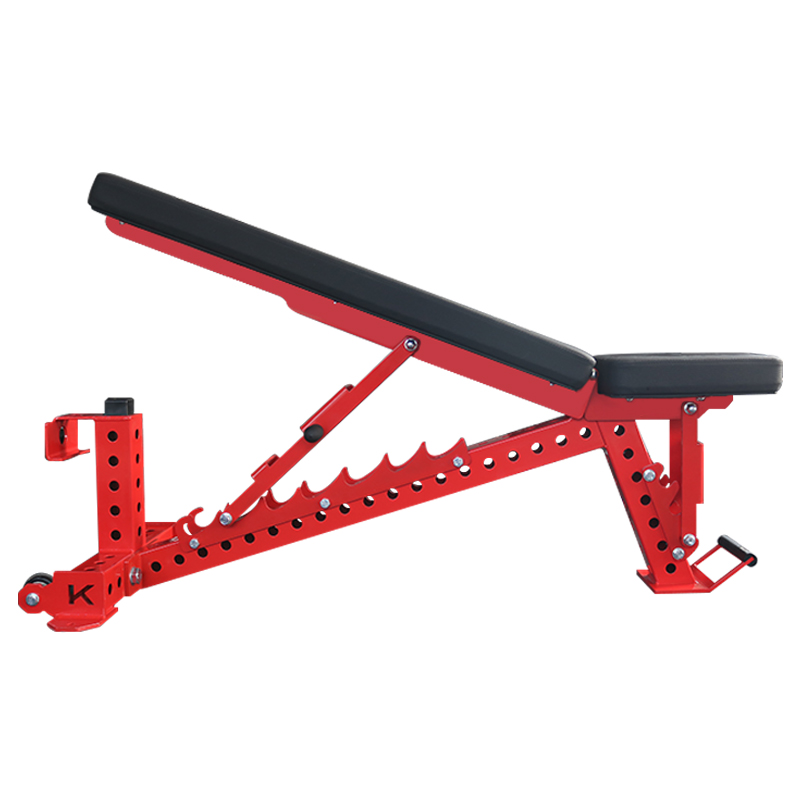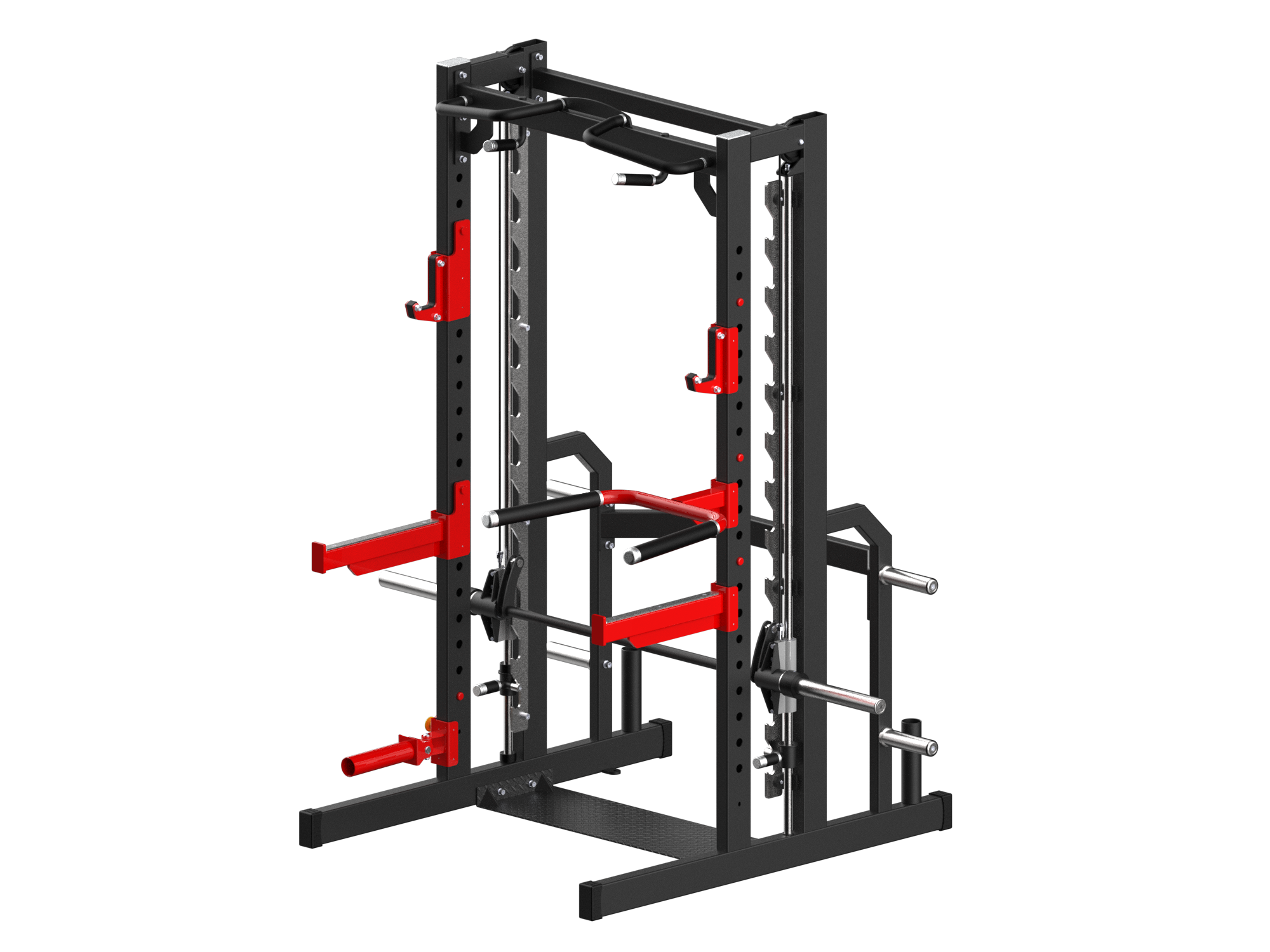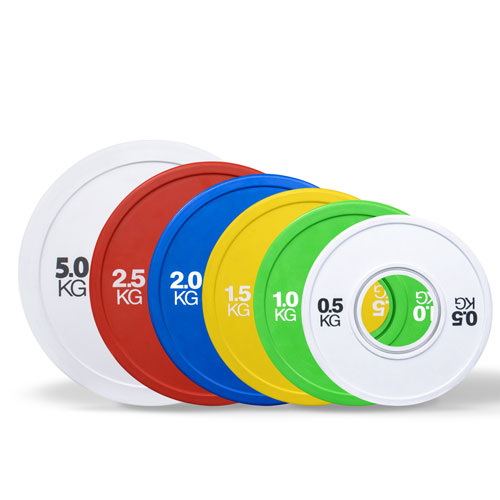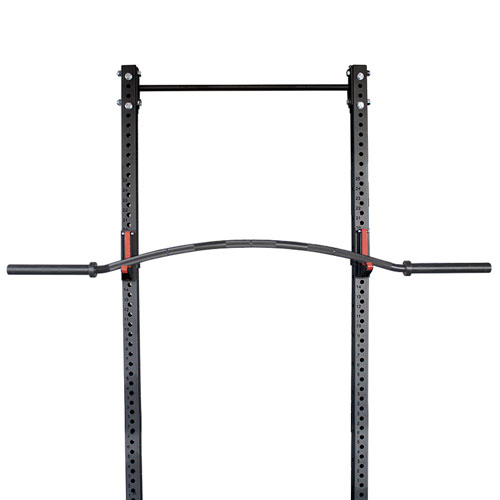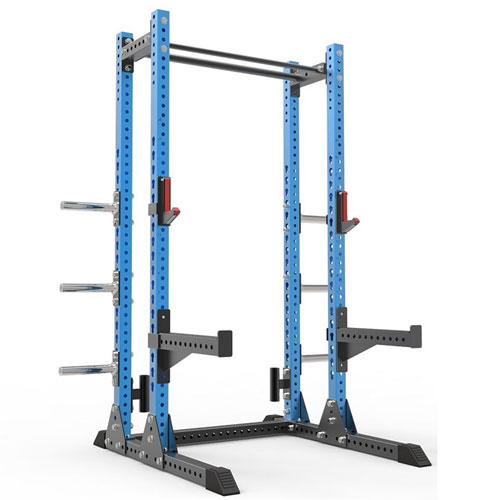5 การออกกำลังกายเพื่อปรับปรุงท่าทางและลดความเจ็บปวด
มนุษย์เกิดมาเพื่อเคลื่อนไหว เราเกิดมาเพื่อยืนตรง เราเกิดมาเพื่อเดินอย่างสง่างาม
แต่ในบางแห่งของเส้นทางวิวัฒนาการนี้ มีคนวางคอมพิวเตอร์ไว้บนโต๊ะตรงหน้าเรา และวางโทรศัพท์ไว้ในมือของเรา และเราเริ่มใช้เวลาหลายชั่วโมงในการก้มหลัง คางของเราซึ่งเคยอยู่ห่างจากลำคอพอสมควร เริ่มเอียงเข้าด้านใน ไหล่ของเราห่อ การเดินของเราก็ดูไม่คล่องตัว
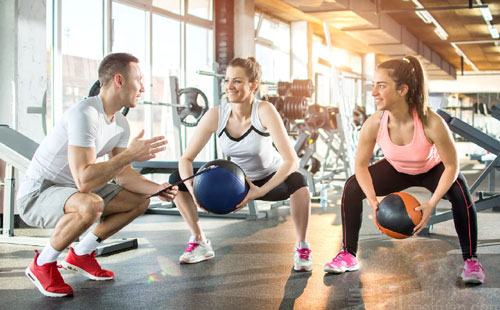
เมื่อศีรษะของเราซึ่งมีน้ำหนักประมาณ 10 ปอนด์ ก้มไปข้างหน้า แรงกดบนกระดูกสันหลังจะเพิ่มขึ้นถึง 60 ปอนด์ ไม่น่าแปลกใจเลยที่พวกเราหลายคนต้องเผชิญกับการสูญเสียมวลกล้ามเนื้อ ท่าทางที่ไม่ถูกต้อง และความเสี่ยงต่อการบาดเจ็บที่เพิ่มมากขึ้น นักสรีรวิทยาเรียกอาการที่เกิดขึ้นนี้ว่า Upper and Lower Crossed Syndrome
แน่นอนว่าคลาส Orangetheory Fitness สามารถช่วยชดเชยสิ่งเหล่านี้และปัญหากวนใจอื่นๆ ที่เกิดขึ้นในปัจจุบันได้ สิ่งสำคัญคือการรักษาโมเมนตัมจาก 60 นาทีนั้นไปสู่ช่วงเวลาอื่นๆ ของชีวิต
นั่นหมายถึงการทำให้การเคลื่อนไหวเป็นสิ่งสำคัญตลอดทั้งวัน เช่นเดียวกับการวางแผนรับประทานอาหารเพื่อสุขภาพและใช้เวลาอยู่ร่วมกับคนที่คุณรัก หากคุณทำเช่นนี้ คุณจะรู้สึกดีขึ้นและมีพลังงานมากขึ้นในการทำกิจวัตรประจำวัน
Aaron Santiso นักกายภาพบำบัดและสมาชิกคณะที่ปรึกษาทางการแพทย์ของ Orangetheory เสนอแนวทางการยืดกล้ามเนื้อเพื่อช่วยให้ร่างกายแข็งแรง ทรงตัวได้ดี และยืนหยัดได้ตลอดทั้งวัน แนวทางการยืดกล้ามเนื้อบางแนวทางที่เขาแนะนำนั้นง่ายมากจนคุณอาจคิดว่า "วิธีนี้จะช่วยได้อย่างไร" เชื่อเถอะว่าวิทยาศาสตร์ช่วยได้จริง
The name: Upper trapezius stretch
The target: The muscles in your upper back that help you raise your arms.
The reason: When you lift your arms, one shoulder may seem higher than the other. “Your body may be compensating during this movement pattern due to a muscular imbalance and weakness inside your shoulder,” Aaron says.
The method: Sit tall on a chair, grasping the edge of the seat with your right hand. Slowly bend your neck toward your left shoulder, using your left hand to direct your head. Be sure to keep your right shoulder pressed down. Stop when you feel a comfortable pull on the right side of your neck. Hold for 20 seconds; return to starting position and repeat on the left side. Aim for five stretches on each side, whenever you feel the need.
The name: Levator scapulae stretch
The target: If you know even pidgin Latin, you can translate this as raising the scapula — the shoulder blade, the bone that connects the upper arm and the collarbone.
The reason: Like the previous exercise, this helps keep your neck from taking over movements designed for your shoulders.
The method: Again, sit tall in a chair, holding onto the right side of the seat with your right hand. With your left hand on top of your head, tilt your chin toward your left armpit. Keep your posture straight, stopping when you feel a comfortable pull in the back of your neck. Repeat on the left side, holding each stretch for 20 seconds, for a total of five times on each side.
The name: Open-clam exercise
The target: This especially helps alleviate Upper Crossed Syndrome, which is discomfort in the neck, shoulders, chest, mid-back, elbows and wrists. It starts when we hunch over our computers and follows us into the gym, causing poor form and leading to more discomfort.
The reason: Who wants rounded shoulders, a collapsed chest, and a chin that juts out? Do this exercise two or three times a week to bring your center of gravity in line with your body.
The method: Lie on your side, knees bent at 90 degrees. Rest your head on one arm; with the other, hold your hip to keep from rolling your body. Lift your top knee an inch into the air, lower, and repeat. This targets the gluteus muscle, which helps stabilize knees, lower back and pelvis. Aim for four sets of 25 to 35 reps on each side, three or four times a week.
The name: Sideline external rotation
The target: Your shoulders and neck, so you can stand and sit tall without slouching.
The reason: Who wants bad posture? (We’re not seeing any hands being raised here!)
The method: Lie on the floor on your right side, supporting your head with your right hand or with a couple of pillows. With your left elbow at a 90-degree angle, hold a weight no heavier than five pounds in your right hand (any heavier and it could negatively affect your rotator cuff).
ยกดัมเบลขึ้นช้าๆ ให้สูงกว่าระดับข้อศอกเล็กน้อย โดยรักษามุม 90 องศาไว้ในขณะที่ดัมเบลขนานกับพื้น ทำเช่นนี้ 15 ถึง 25 ครั้ง ทำซ้ำกับอีกข้างหนึ่ง พยายามทำเช่นนี้ 3 ถึง 4 ครั้งต่อสัปดาห์
The name: Hip flexor stretch
The target: The muscles basically responsible for lifting your legs and knees toward your body.
The reason: This counteracts the stiffness that develops when we sit too much, which the average American does for 13 hours a day. Sitting shortens these muscles and can bring about lower back pain, so stretching them is imperative.
The method: Start in a kneeling lunge position, right knee bent at a 90-degree angle over the ankle, left knee on the ground, weight evenly distributed to both legs. Draw in your navel. With hands on your hips, slowly move your body forward till you start to feel a stretch in your left leg.
หากต้องการยืดกล้ามเนื้อให้ลึกขึ้น ให้ยกแขนข้างที่จะยืดขึ้นและบิดตัวไปทางด้านนั้น ค้างไว้ 30 วินาที ทำซ้ำกับอีกข้างหนึ่ง เป็น 1 เซ็ต ทำอีก 4 เซ็ต โดยบีบกล้ามเนื้อก้นทั้ง 2 ข้าง พยายามทำให้เป็นนิสัยทุกวัน
ต่อไปนี้เป็นเคล็ดลับเพิ่มเติมอีกสองสามข้อที่จะช่วยให้คุณเคลื่อนไหวร่างกายได้อย่างต่อเนื่อง (นอกเหนือจากการออกกำลังกายตามหลัก Orangetheory แน่นอน) แม้ว่าคุณจะทำงานที่โต๊ะและนั่งเกือบทั้งวันก็ตาม พบว่าเคล็ดลับเหล่านี้มีประโยชน์หรือไม่ โปรดแบ่งปัน เพราะท้ายที่สุดแล้ว เราก็ล้วนอยู่ในกลุ่มการเคลื่อนไหวนี้ด้วยกัน
1. ใช้ห้องน้ำชั้นอื่น
2. ทำท่าวิดพื้นบนเคาน์เตอร์หรือท่าไตรเซปส์ดิปในขณะที่รออุ่นกาแฟ
3. ทุกๆ 30 นาที ให้ลุกขึ้น จากนั้นนั่งลง จากนั้นยืนขึ้นครึ่งทาง ค้างไว้ 10 วินาที จากนั้นจึงยืนขึ้นจนสุด นั่งลงอีกครั้ง จำไว้ว่าทุกวินาทีมีค่าเท่ากัน
4. เมื่อคุณนั่ง ให้ยกเท้าทั้งสองข้างขึ้นจากพื้น ค้างไว้ 10 วินาที 15 วินาที หรือ 30 วินาที ทำซ้ำตลอดทั้งวัน
5. ออกไปข้างนอกบ่อยที่สุดเท่าที่ทำได้ การได้สูดอากาศบริสุทธิ์เพียงไม่กี่นาทีก็สามารถลดความดันโลหิตและทำให้คุณอารมณ์ดีขึ้นได้
6. วางลูกบอลไว้ที่โต๊ะของคุณ วางไว้ระหว่างข้อเท้าเป็นระยะๆ เหยียดขาทั้งสองข้างค้างไว้สองสามวินาที จากนั้นงอขาทั้งสองข้าง
7. ดื่มน้ำให้เพียงพอ อย่าขาดขวดน้ำ เติมน้ำทีละชั้นโดยก้าวเท้าสองก้าว

